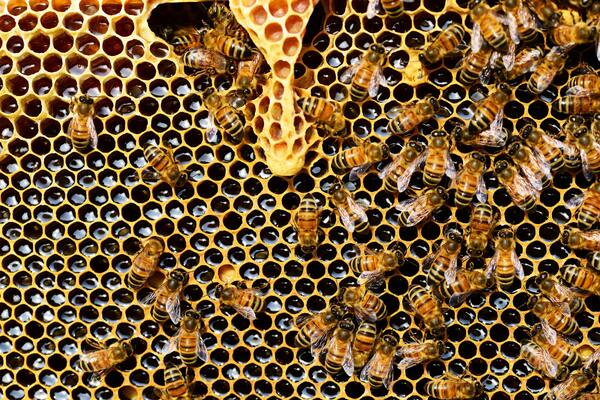Beeing sustainable: Honey as a bioindicator for pollution
(1) Walter Payton College Preparatory High School, Chicago, Illinois, (2) Quantitative Bio-element Imaging Center, Northwestern University, Evanston, Illinois
https://doi.org/10.59720/20-098
Honey is a bioindicator for the environment, meaning that the pollution within honey mirrors that of its local environment. Therefore, honey can be analyzed to better understand local pollution levels. This research study investigated how Chicago’s industrialized environment impacts the traces of heavy metals found within local honey samples and the extent to which neighborhoods differ in the pollutants they contain. ICP-MS analysis was used to determine the concentrations of heavy metals within honey samples, signifying pollution levels of the neighborhoods from which the corresponding apiaries were located. There was no significant correlation between heavy metal concentrations in honey samples and their corresponding apiaries’ distance from industrial corridors. Similarly, there was no significant correlation between heavy metal concentrations in honey samples for the heavy metals tested and the number of environmental cleanup sites located within a 4 km radius of their corresponding apiaries. Although further research and action will be necessary to protect both the environment and inhabitants of Chicago, this research study has led to a better understanding of industrial pollution within Chicago that can inspire future environmental action.
This article has been tagged with: